New study shows that with careful planning, mariculture can expand to feed billions while minimizing impact on marine biodiversity
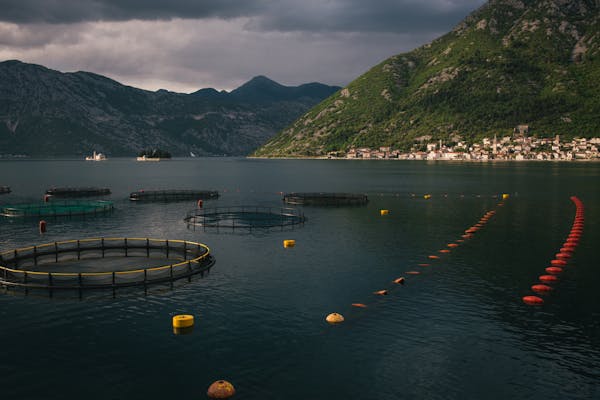
Humanity can farm more food from the seas to help feed the planet while shrinking mariculture’s negative impacts on biodiversity, according to new research led by the University of Michigan (U-M). But there’s a catch: it must be carefully managed.
“We can achieve this sustainable mariculture development,” said Deqiang Ma, who led the study as a postdoctoral researcher at the U-M School for Environment and Sustainability. “With strategic planning, we can achieve the goal of conserving marine species while meeting the global demand for the expansion of mariculture.”
Mariculture made up about one-fifth of all farmed fisheries in 2020 and is a key protein source for billions of people. As the demand for seafood grows, production is ramping up to meet the need. To predict the impact of this surge, Ma and an international research team built a model to study how mariculture affects over 20,000 species of marine fauna.
The team used their model to measure mariculture’s current impact and project how it could change by 2050, depending on what was farmed and where. The model also looked at two different climate scenarios, known as RCP 4.5 and 8.5, assuming different levels of warming and greenhouse gas emissions. In the best-case scenario, building farms in the most eco-friendly areas led to promising results for both shellfish and finfish.
“Bivalve production could increase by 2.36-fold and finfish could increase by 1.82-fold compared to current production – projections of what is needed to meet global demand – but the global mariculture impacts would decrease by up to 30.5 percent under the best-case scenario,” Ma said.
On the flip side, the worst-case scenario was also striking. If new farms are built in the areas that would have the most detrimental impact on biodiversity, it would be over four times worse than building them at random sites.
This underscores the importance of strategic planning, said U-M senior study author Neil Carter, and of working with experts from a variety of fields who can assess a wide range of considerations.
“It is critically important to leverage the growing insights across disciplines, whether it’s climate change science or economics or marine production,” said Carter, associate professor of environment and sustainability. “All these different facets had to come together from other sources in order to make these forecasts.”
The researchers emphasized that the study is just the first step toward a more sustainable future for mariculture, noting that the model can be improved over time by adding new data. Also, there’s no one-size-fits-all approach: what works for farm development in the South Pacific might not work along the coast of France.
Even under the best-case scenario, there are trade-offs. For instance, developing mariculture had negative effects on marine mammals like whales, seals and sea lions in every scenario. However, understanding these limitations and trade-offs helps researchers and policymakers plan better and make informed decisions.
“With these insights, we can see that it’s not a foregone conclusion that the expansion of an industry is always going to have a proportionally negative impact on the environment,” Carter said. “So the next part of this is getting policymakers and communities to interact with each other to figure out how we can actually implement some of these ideas to reduce those impacts and to prioritize marine biodiversity.”
Now that you've reached the end of the article ...
… please consider supporting GSA’s mission to advance responsible seafood practices through education, advocacy and third-party assurances. The Advocate aims to document the evolution of responsible seafood practices and share the expansive knowledge of our vast network of contributors.
By becoming a Global Seafood Alliance member, you’re ensuring that all of the pre-competitive work we do through member benefits, resources and events can continue. Individual membership costs just $50 a year.
Not a GSA member? Join us.
Author
Tagged With
Related Posts
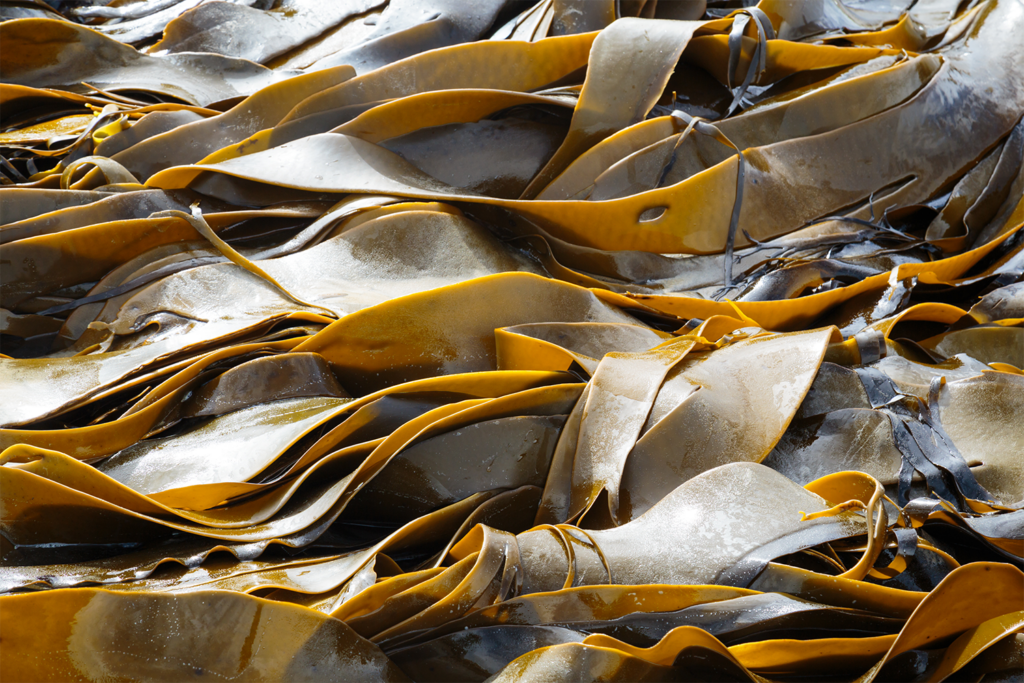
Intelligence
Mariculture interest is rising in Alaska, but connecting to markets is another matter
NOAA Fisheries’ State of Alaska Aquaculture Report paints a promising picture, but local producers face a raft of post-harvest challenges.
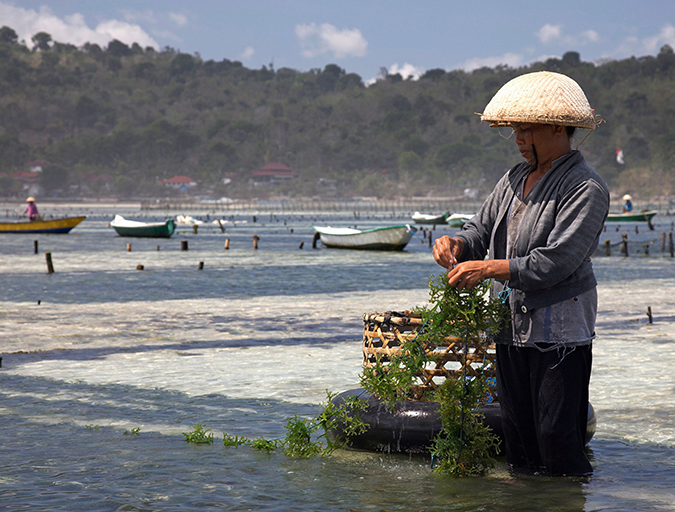
Responsibility
Expanding mariculture ‘vital’ to world’s food security, study finds
A new study has found that expanding mariculture will be “vital” to ensuring food security, but seafood's future hinges on climate action.
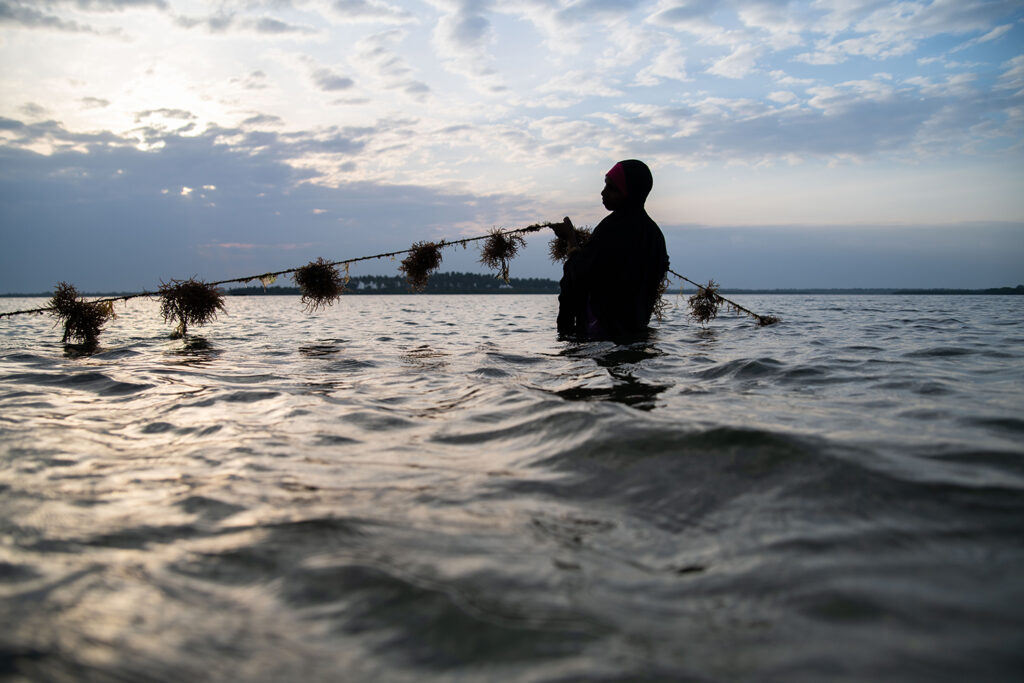
Responsibility
Climate change mitigation needs mariculture, new research concludes
NGO-academic collaborative study finds that mariculture “done right” can aid climate change mitigation by cutting greenhouse gas emissions.
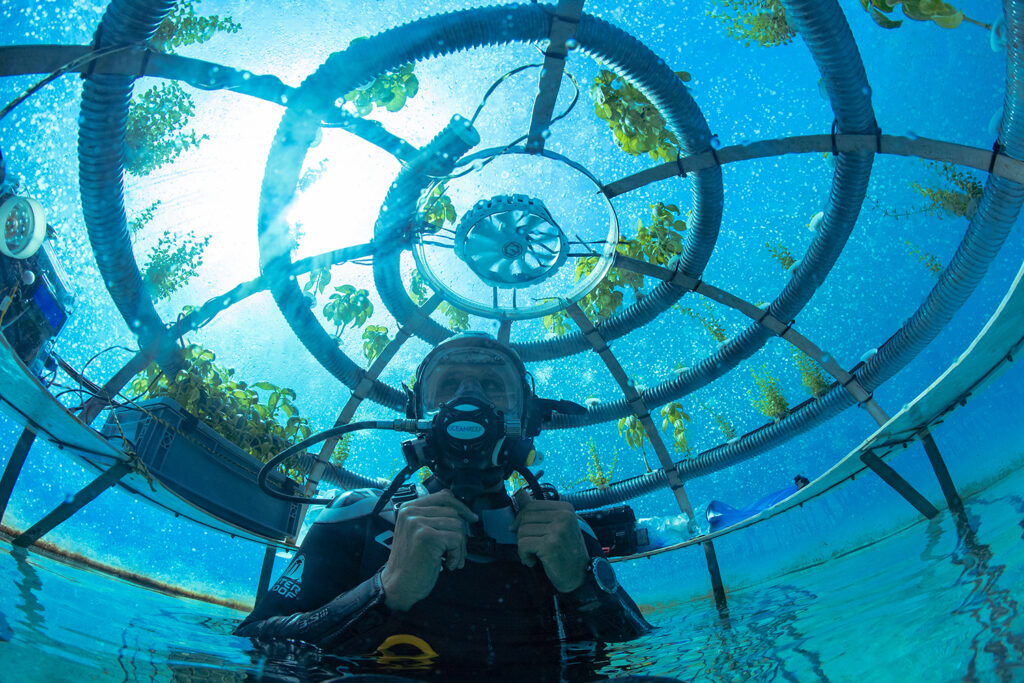
Innovation & Investment
20,000 lettuces under the sea: Could underwater agriculture be the future of farming?
Preliminary research suggests that emerging mariculture methods could provide alternatives to land-based agriculture and within recirculating systems.



